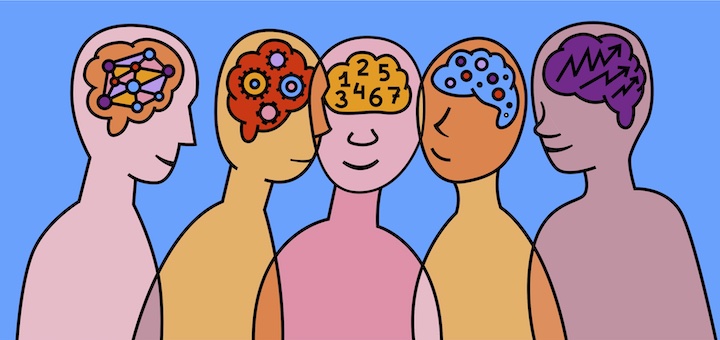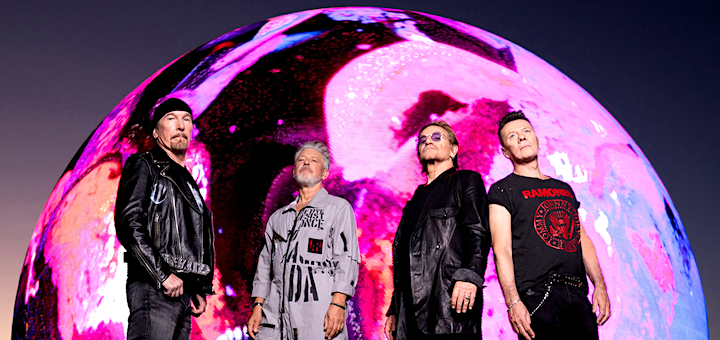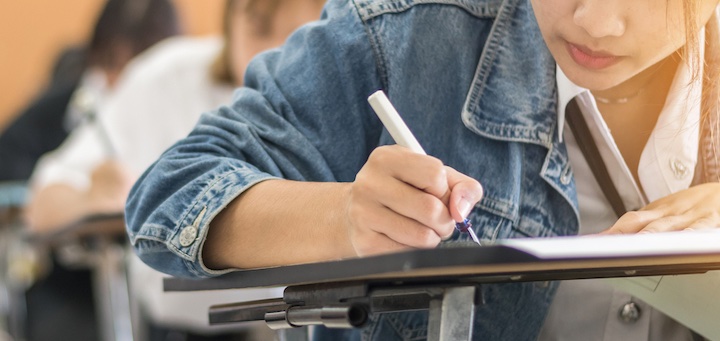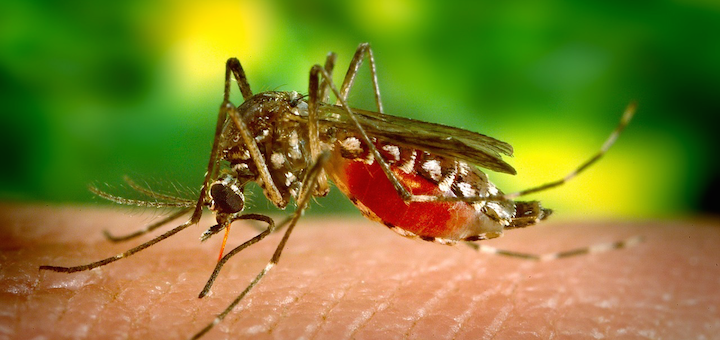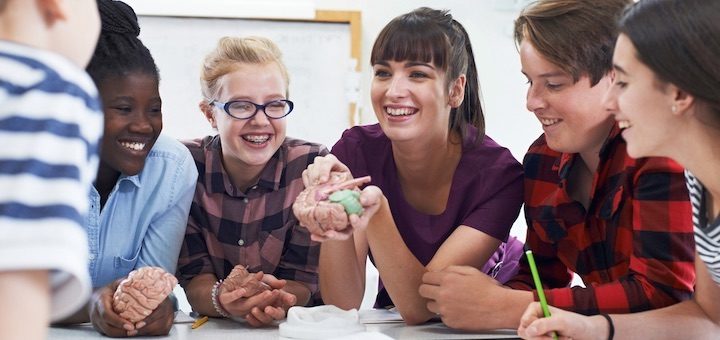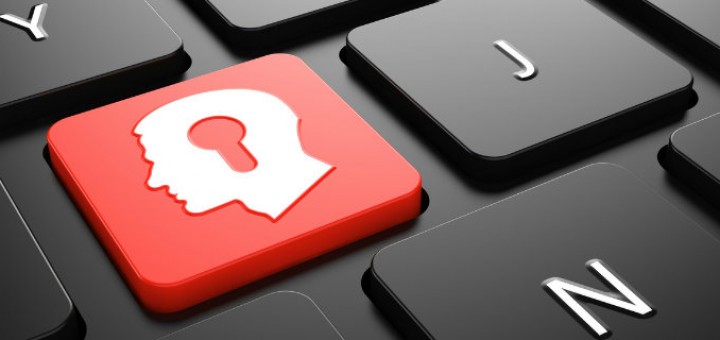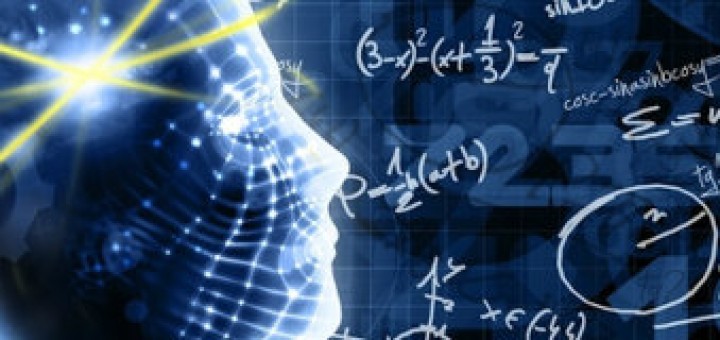Category: Learning and the Brain
When students learn to both regulate their emotions and apply executive function strategies, they become more engaged learners who are better at managing stress, staying focused, and solving problems. Marilee Sprenger shows how SEL and EF work together in various subject areas.
Fresh off seeing U2 in concert at the Sphere in Las Vegas, Stephanie Farley is still savoring the experience by describing it to others. New research says students can learn better and enjoy school more by savoring their own favorite memories. Farley shares some strategies.
Allison Paludi’s search for student note-taking that makes learning sticky led her to the brain-based concepts of Zaretta Hammond and Harvard’s Project Zero. Applying Hammond’s “ignite, chunk, chew and review” she fashioned a new notes strategy that’s “truly deepened learning.”
When it comes to student learning, we usually think about how to get information into memory, says expert Marilee Sprenger. But we also have to get the information out. Be sure to use these 7 brain-based steps to strengthen connections and make memories permanent.
Middle school behavior has more to do with neurotransmitters than hormones, says veteran teacher and consultant Thomas Armstrong. His strategies will help educators reach adolescents through both their “emotional brain’’ and the still undeveloped ‘’rational brain.’’
Like many other teachers, Curtis Chandler is trying to uncover all he can about learning and cognition to better understand and serve his students. Here he shares 3 brain-savvy teaching principles – beginning with the primacy-recency effect – drawn from recent research.
Judy Willis, a neurologist & middle grades teacher, says we can help adolescents build happy, learning brains through interactive, interdependent group work.

